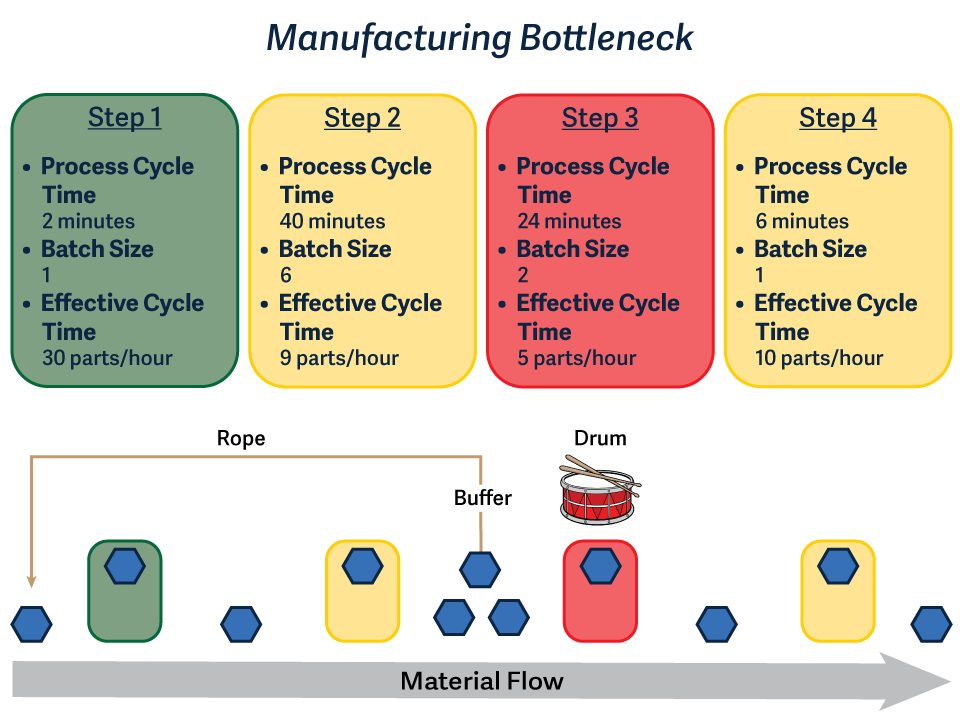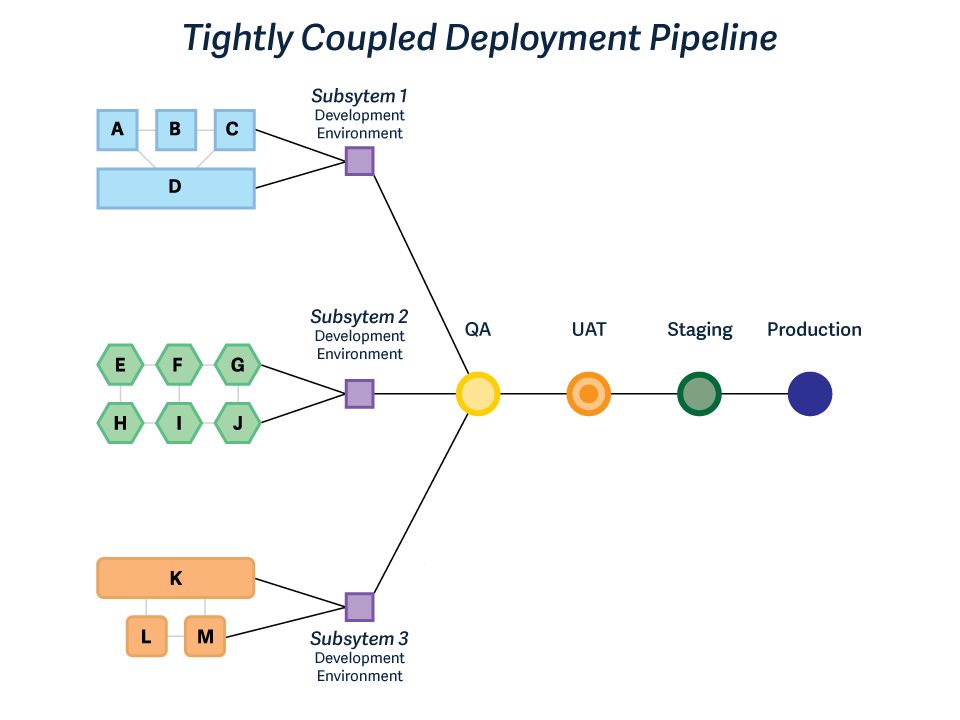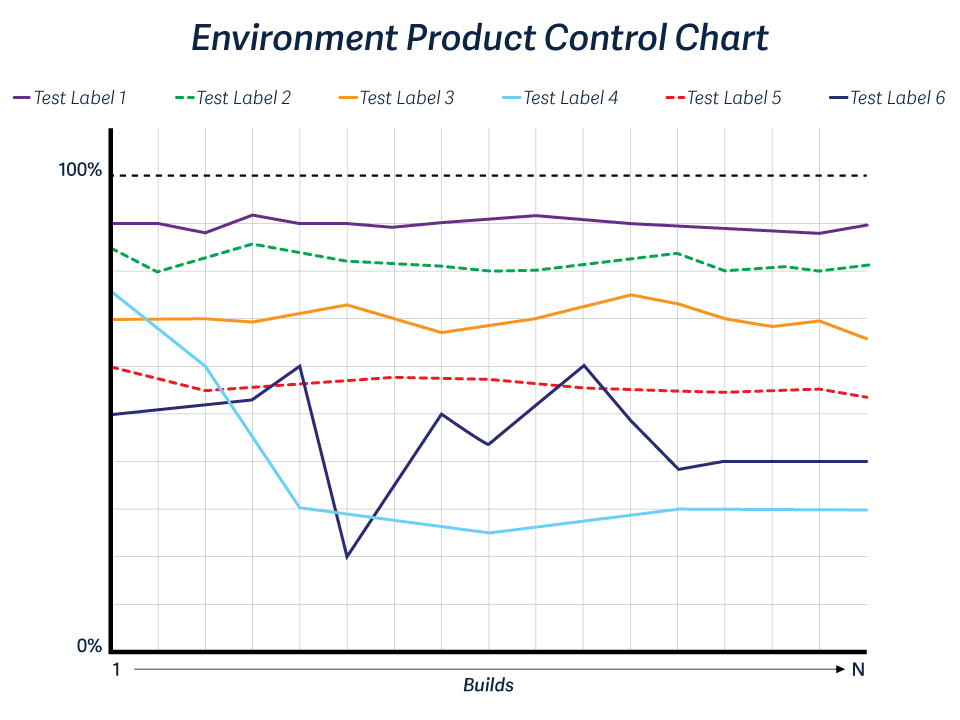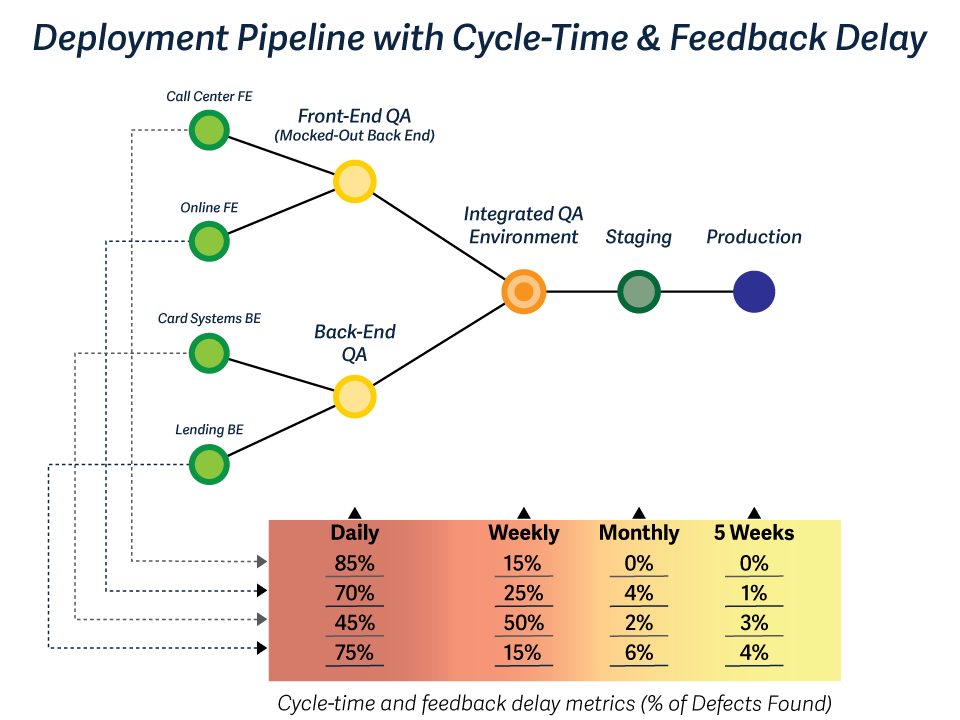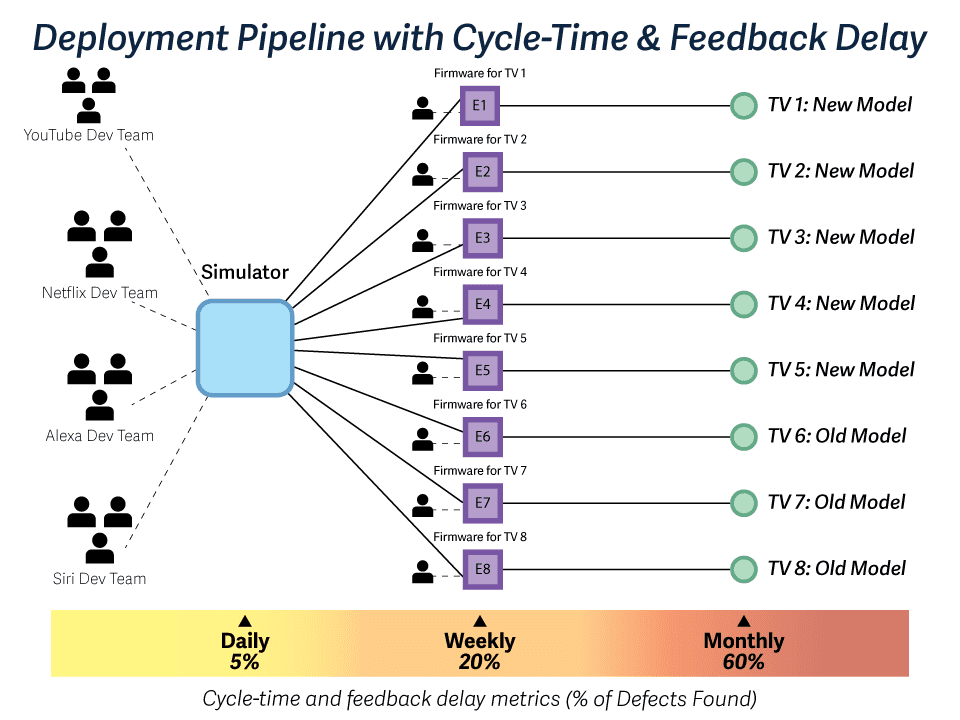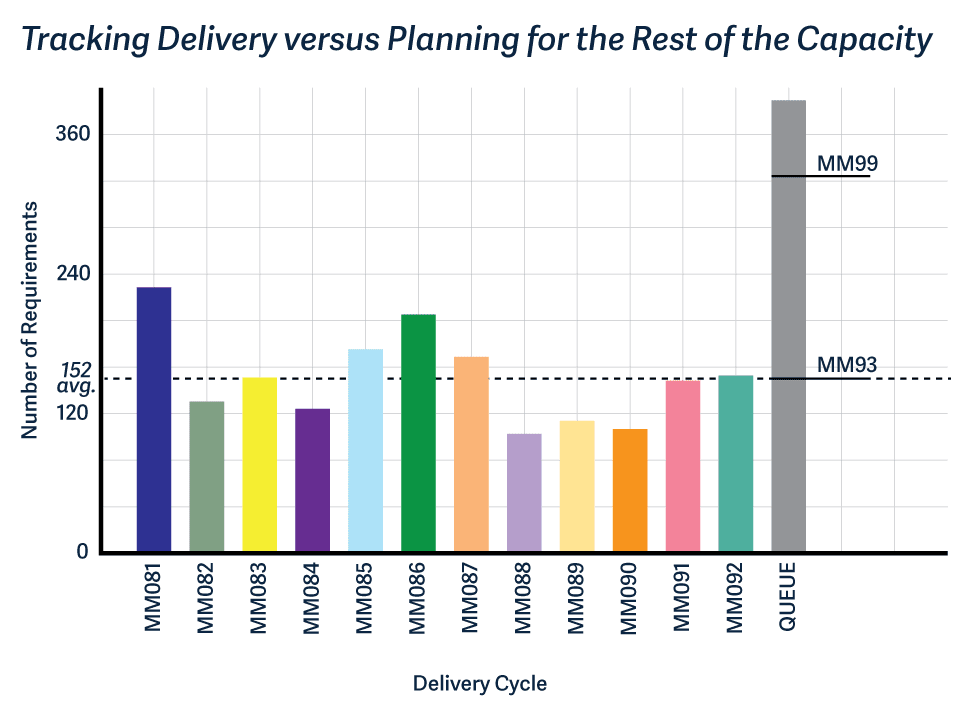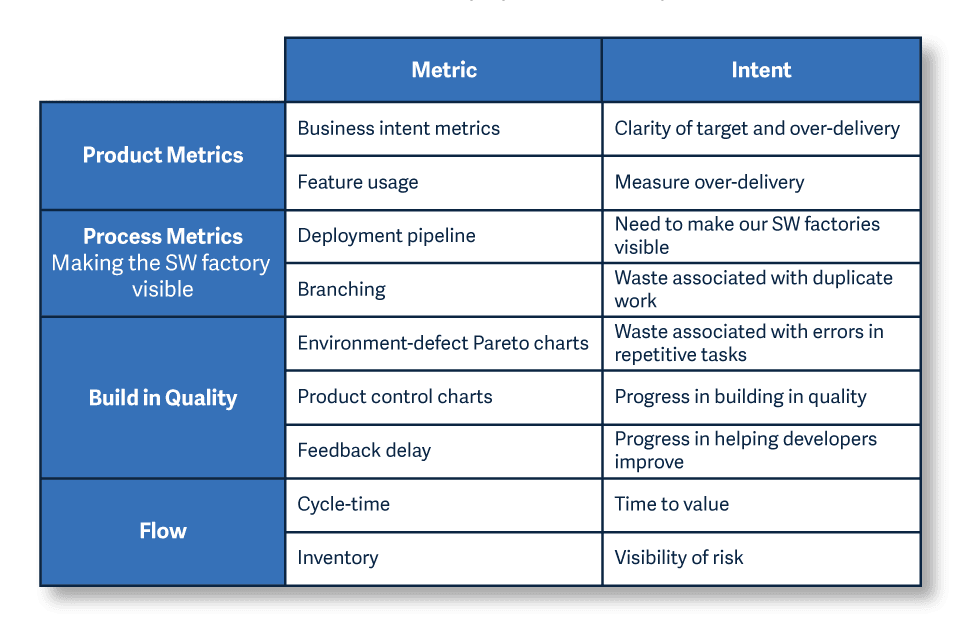Executive alignment and engagement are so important to any successful transformation. We are doing everything we can to help organizations with that step and we have come up with a prototype process that is proving to be successful. We have realized that executives are very busy so getting them to commit to taking the training on their own is hard. We also realized that just taking the training for the sake of training isn’t that meaningful for them.
Instead, what has been working is a prototype where executives schedule a weekly meeting to take it together. Additionally, instead of this just being generic training, we bring in examples at the end of each module to show the approaches applied in their own organizations. This provides the executives with principles on how to make issues visible and the specifics of what is going on in their organizations. We have found this leads to great discussion and debates that tend to slow down the training but accelerate the alignment across the executives.
This Engineering the Digital Transformation executive prototype approach starts with 1–3 change agents taking the white belt training through completion so they can facilitate the training with a leadership group. These change agents will prepare material showing how these concepts apply to their organization to facilitate discussions at the end of each module.
The prototype will run over eight 1-hour sessions. It will be a combination of training and discussions around applying the concepts to your unique organizational challenges.
If you are interested and have executives that are willing to commit to completing the prototype training for your company and 1–3 change agents willing to do the legwork to facilitate the training, please request a prototype below. This request will need to include the company for the prototype, the list of executives and their roles, and the name of the facilitators. Once we receive that information for your company, we will send the facilitators free access to the training. These facilitators will then be responsible to complete the training and go through the steps to make their processes visible. Once that is complete, we will send access to the executives to take the training.


